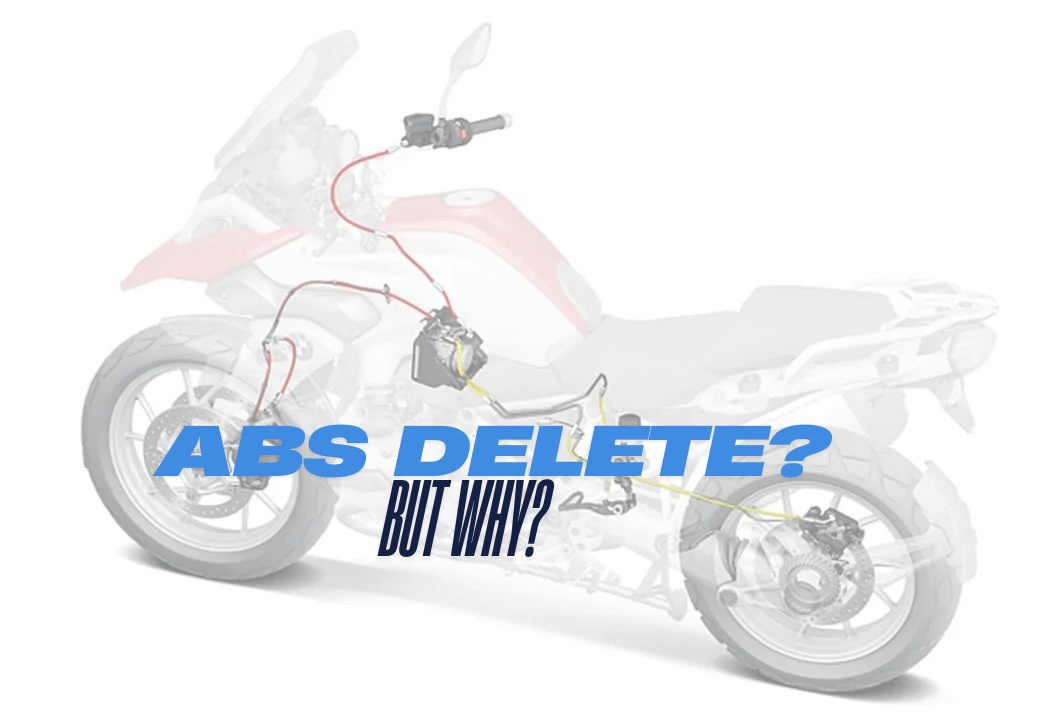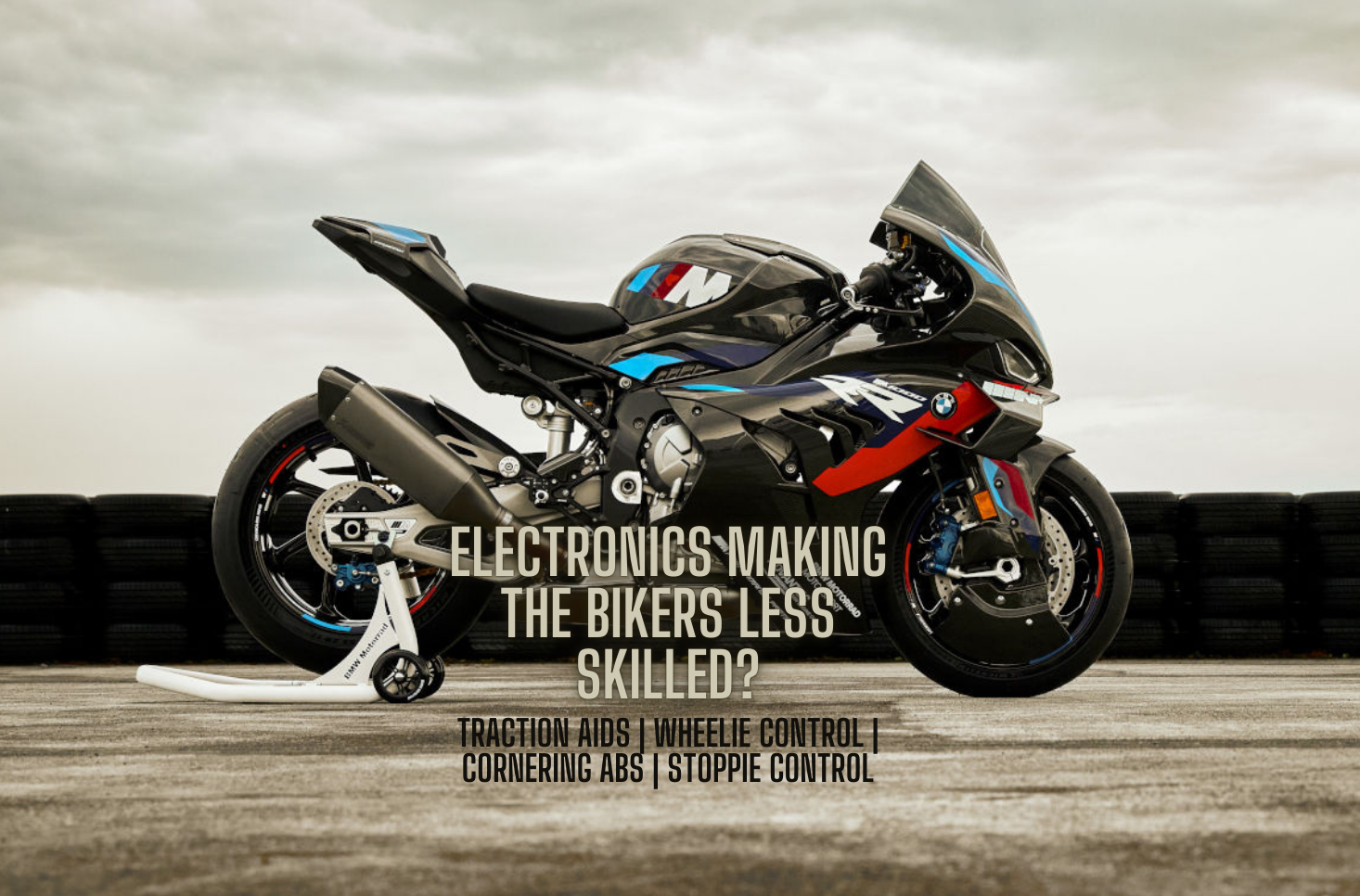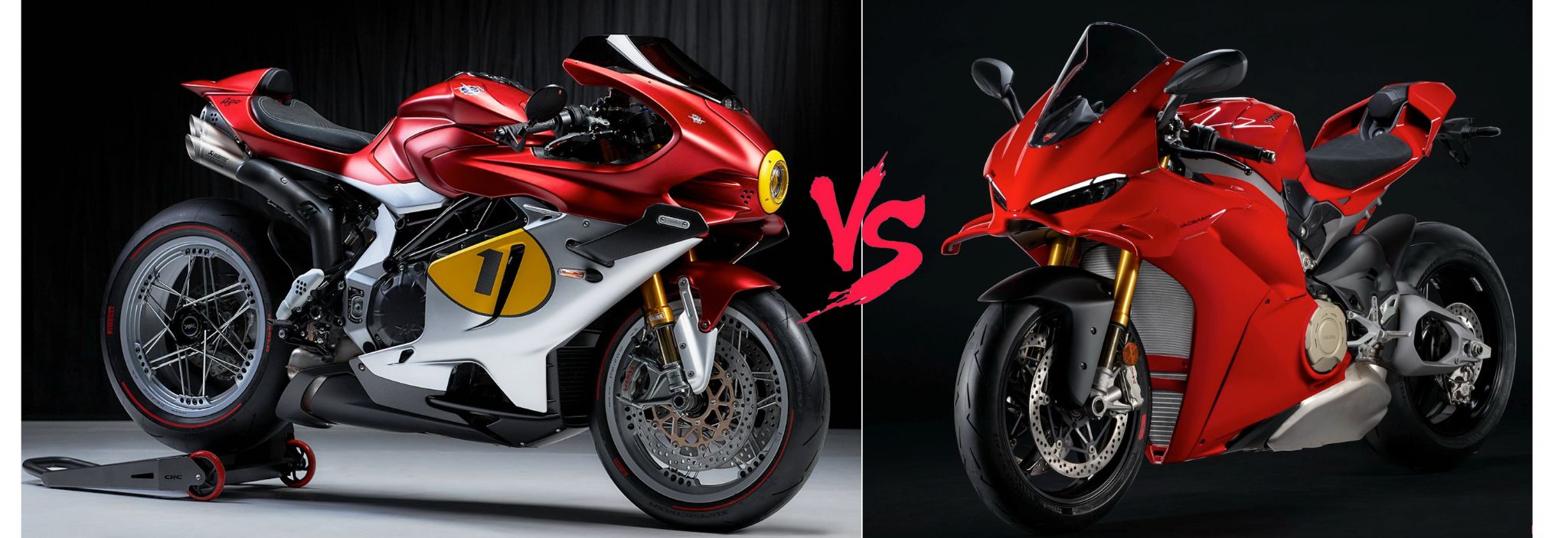An Anti-Lock Braking System or ABS is a life-saving addition to the vehicle, but then why do racers choose to delete It?
What is ABS Delete?
I’m pretty sure you are aware of how ABS works, if not, READ THIS FIRST. ABS delete refers to a practice in which a racer would deliberately remove ABS either by Bypassing the ABS module and directly connecting the brake line from the master cylinder to the callipers, this ensures that whatever force is applied on the brake lever is directly going to the calliper or removing the ABS fuse from the fusebox.
But Why?
So, if ABS is saving lives, giving you better control under hard braking even on surfaces where traction is less, why the heck would one want to remove it?
First, braking is much more aggressive and sharper on the race track than on the roads. ABS is designed to prevent the wheels from locking on hard braking for slippery surfaces, but it retards the power of braking on a track where riders may want to apply braking close to the point of lockup in order to get the most effective braking.
Second, ABS can affect a racer’s ability to modulate brake pressure at the very high limits that they often use during competitions. When ABS is activated, it may apply and release the brake force according to counterproductive patterns with respect to a racer, whose focus is all on precise control and responsivity. If ABS comes out to play in such situations, each time it can upset this fine balance and make braking less efficient. Killing the ABS lets the rider’s brakes go harder, using the full capabilities of both the tires and the braking system to get maximum performance.
Third, Weight Reduction: Every possible gram saves time and energy while on the motor, thus, the saving may not be substantial. ABS systems consist of sensors, pumps, valves, and electronic control units for all this weight. With all these components disabled, a machine can be transformed to become much lighter with good prediction of a diverted improved pulling feel and kilometres-hitters association. All that plus decreased mass equals increased agility for the machine regarding changes in direction made quicker and without much effort. Even in the competitive world of motor sports, such small reductions can sometimes lead to better lap times. With the development of the fastest machines, narrowing down on such accessory components means more milliseconds are gained in a race where every second counts.
Last, Since there are a lot of sensors and electronics involved, by removing it, there’s one less thing to worry about.
Conclusion?
Racers disable ABS from maximisation of braking efficacy, accurate control, weight reduction, and reliance on predictable track conditions. This offers maximum braking limits for riders and finally betters their lap times. However, ABS is an important safety feature for public roads, and it’s better to disable it only in a controlled environment like a track.
Next: A Collectable Panigale?















Insurance premium according to the vehicle's colour? - MotoVogue
[…] Next: Why racers delete ABS? […]